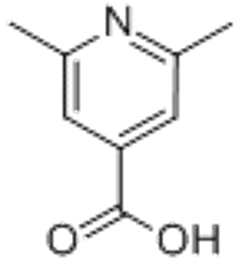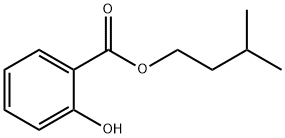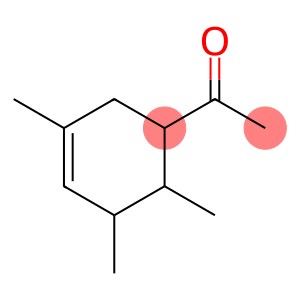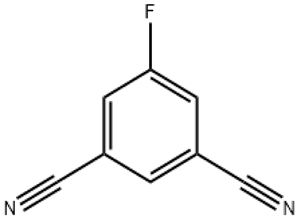Tetrahydro pyrrole(CAS#123-75-1)
| Risk Codes | R11 – Highly Flammable R22 – Harmful if swallowed R23 – Toxic by inhalation R34 – Causes burns R35 – Causes severe burns R20/21/22 – Harmful by inhalation, in contact with skin and if swallowed. R20/22 – Harmful by inhalation and if swallowed. |
| Safety Description | S16 – Keep away from sources of ignition. S26 – In case of contact with eyes, rinse immediately with plenty of water and seek medical advice. S36/37/39 – Wear suitable protective clothing, gloves and eye/face protection. S45 – In case of accident or if you feel unwell, seek medical advice immediately (show the label whenever possible.) S33 – Take precautionary measures against static discharges. |
| UN IDs | UN 1922 3/PG 2 |
| WGK Germany | 2 |
| RTECS | UX9650000 |
| FLUKA BRAND F CODES | 34 |
| TSCA | Yes |
| HS Code | 2933 99 80 |
| Hazard Class | 3 |
| Packing Group | II |
| Toxicity | LD50 orally in Rabbit: 433 mg/kg |
Introduction
Tetrahydropyrrole.Quality:It can undergo a slow oxidation reaction with air at room temperature.Tetrahydropyrrole has good solubility and can be dissolved in solvents such as water, alcohols, ethers, etc.Use:It can also be used as a catalyst and ligand in organic synthesis reactions.Tetrahydropyrrole can also be used as a solvent in chemical processes such as paints, coatings, and dyes.Method:There are two main preparation methods for tetrahydropyrrole:Mendelian reaction: tetrahydropyrrole is obtained by the reaction of tetrachloropirarole with hydrogen in the presence of cuprous hydride catalyst.Palladium catalytic reduction: pyrrole and hydrogen are reacted in the presence of a palladium catalyst to generate tetrahydropyrrole.Safety Information:Tetrahydropyrrole has low toxicity, but care should still be taken to avoid prolonged exposure and inhalation.When using THC, it is necessary to take protective measures, such as wearing protective glasses, gloves and protective clothing, and ensure good ventilation.Avoid contact with fire sources and high temperatures to prevent explosions or fires.







